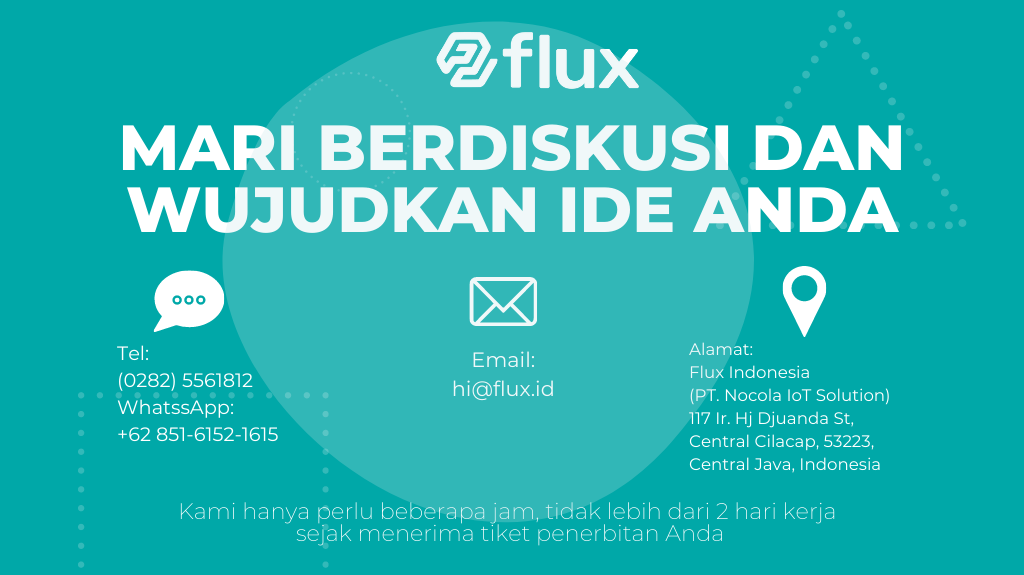Don't miss our holiday offer - 20% OFF!

Read also : Advanced Weather Sensors in Flood Monitoring: How This Technology Helps Predict and Address Flood Threats
In this digitally connected era, the Internet of Things (IoT) has transformed various industries, and local governments are no exception. Municipal Public Works departments play a crucial role in ensuring the comfort and sustainability of urban environments. One of the latest innovations to assist these departments is the utilization of IoT sensors to optimize municipal resource management. This article will elucidate how this innovation can enhance the efficiency and quality of services provided by public works departments in our cities.
Contents
Benefits of IoT Sensors in Public Works
IoT sensors are small devices capable of measuring and transmitting real-time data. When applied in public works, these sensors offer various benefits, including:
Infrastructure Monitoring
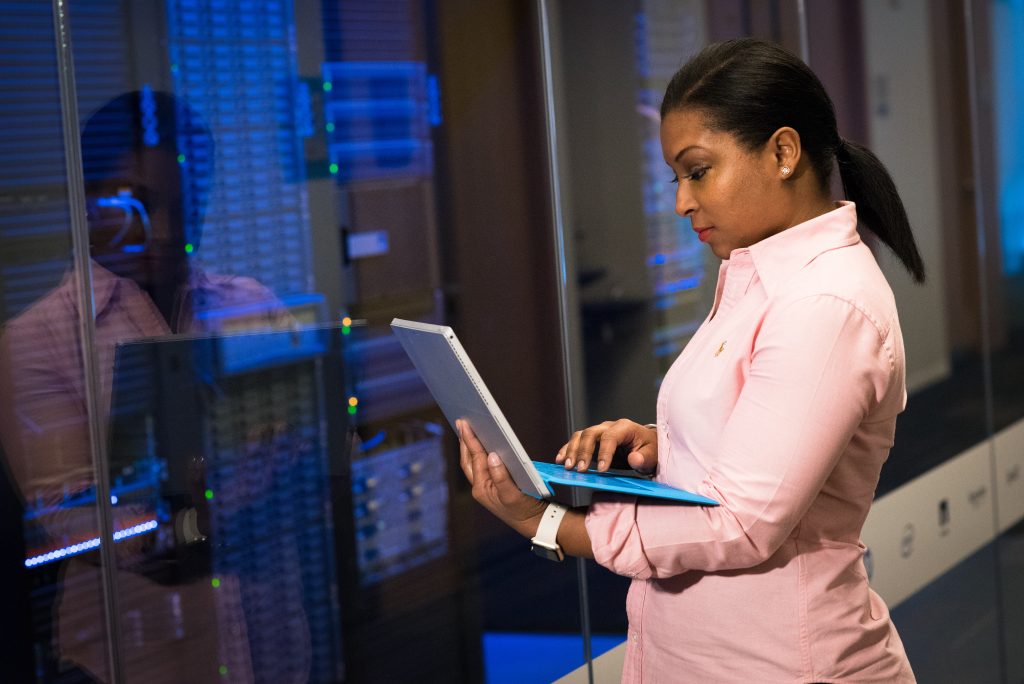
Read also : Utilizing IoT in Flood Monitoring and Early Warning Systems
IoT sensors enable public works departments to monitor the real-time condition of roads, bridges, and buildings. This allows for quicker detection of potential damage, reducing the risk of accidents and larger-scale damages.
Waste Management

Read also : Enhancing Flood Management with Camera Sensors and Imagery
Sensors can be used to monitor waste levels in public trash cans. This aids in scheduling more efficient waste collection, reducing traffic congestion, and saving costs.
Energy Usage

Read also : Optimizing Energy and Resource Usage in the Office Environment with Smart Technology
Sensors can monitor energy consumption in public facilities such as parks, roadways, and government buildings. With this data, public works departments can identify ways to reduce energy consumption and contribute to sustainability efforts.
Implementing IoT Sensors in Public Works
To optimize city resource management, public works departments need to invest in IoT sensor technology and the necessary infrastructure. Successful implementation involves the following steps:
Identifying Needs
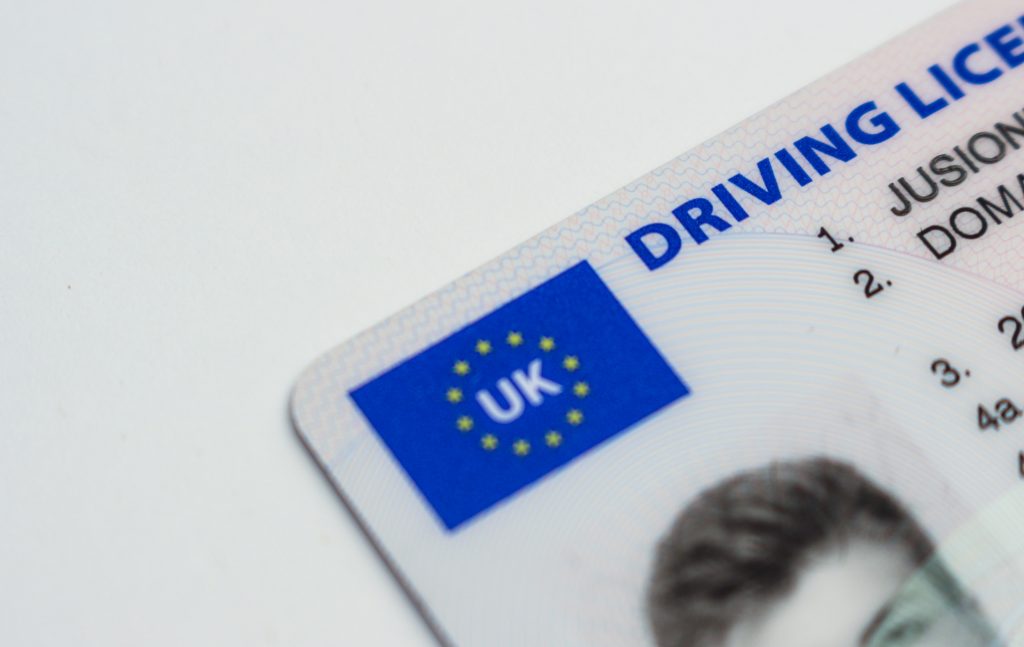
Read also : Security and Privacy in Connected Parking Systems: Challenges and Solutions
Public works departments must identify priority areas that require IoT sensor monitoring, such as busy roadways, water management facilities, and public lighting systems.
Choosing the Right Sensors
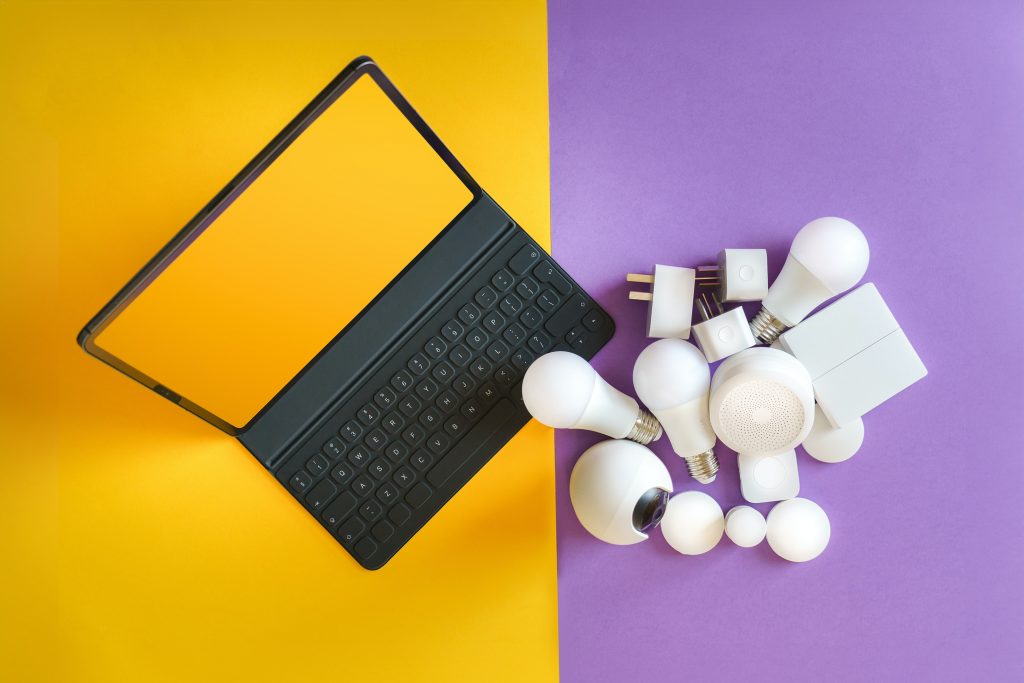
Read also : Weather Sensors Controlling External Weather Factors
Sensors should be selected based on specific needs and environmental factors. Sensors suitable for measuring air quality may differ from those used to monitor road temperature.
Data Connection and Analysis
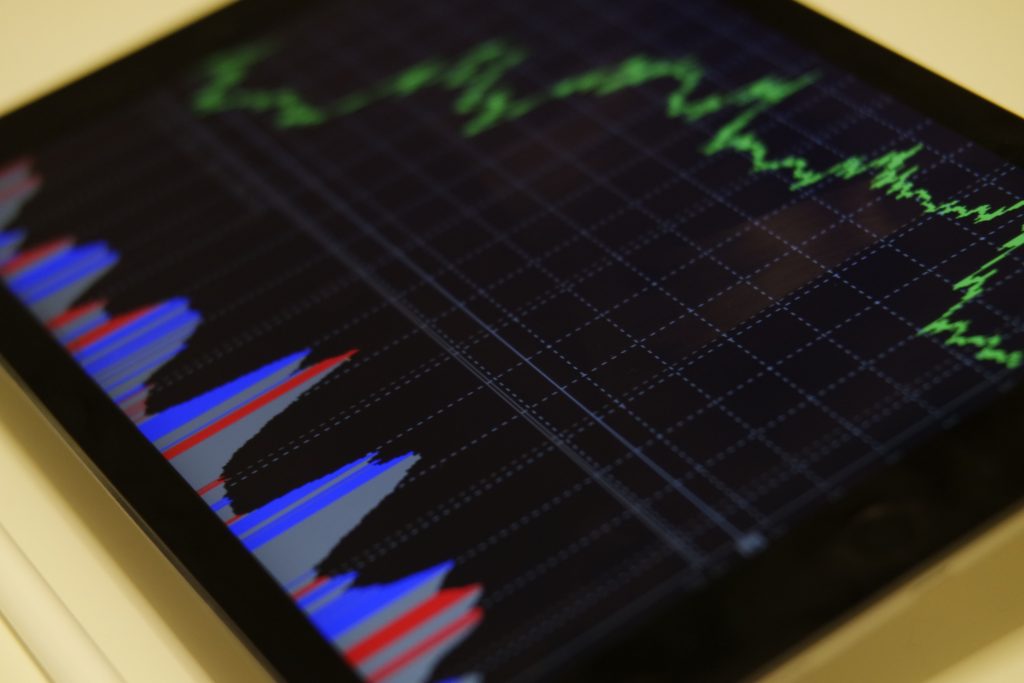
Read also : Managing Humidity: Sensor’s Role in Electric Motor Health
Data generated by sensors should be available in real-time and accessible to public works staff. Effective data analysis can aid in making smarter decisions.
Conclusion
IoT sensors are innovative tools that can optimize municipal resource management and assist public works departments in providing more efficient and high-quality services. With real-time monitoring, public works departments can quickly respond to issues, reduce operational costs, and contribute to environmental sustainability. Investing in this technology is a positive step toward creating better and smarter cities in the future. By continuing to develop the use of IoT sensors, we can ensure that public works departments become more efficient and effective in meeting the needs of urban communities.
